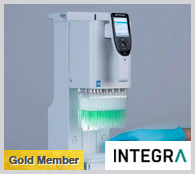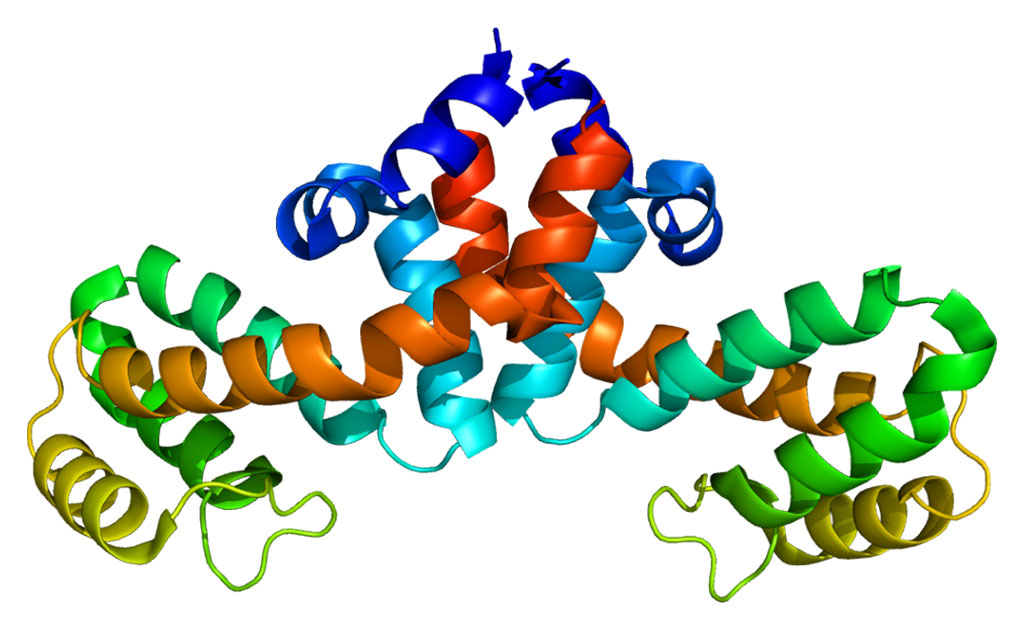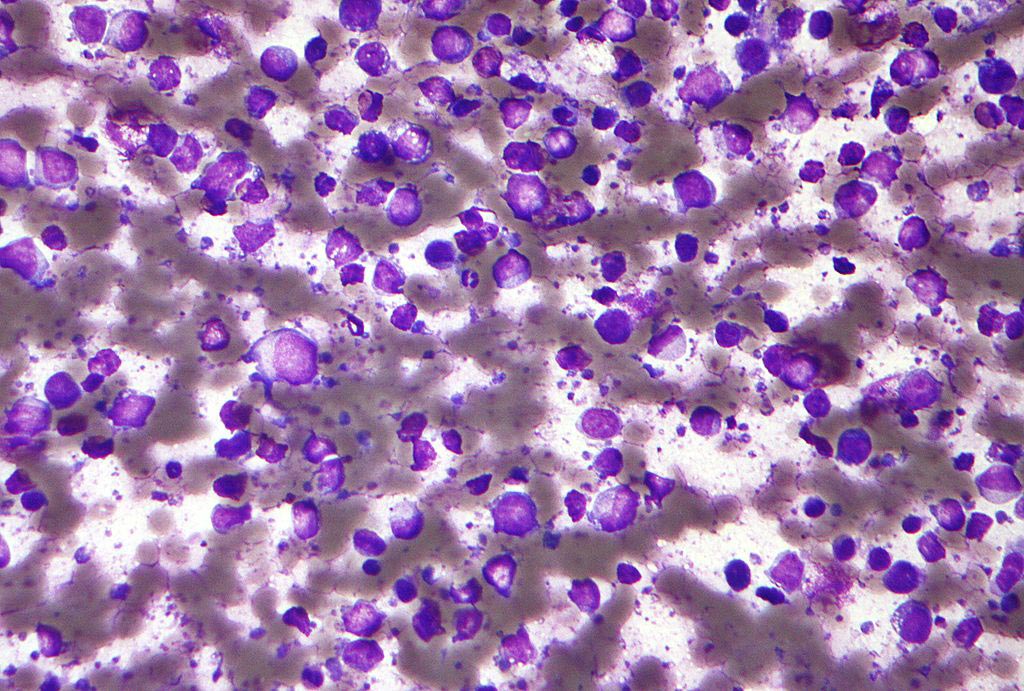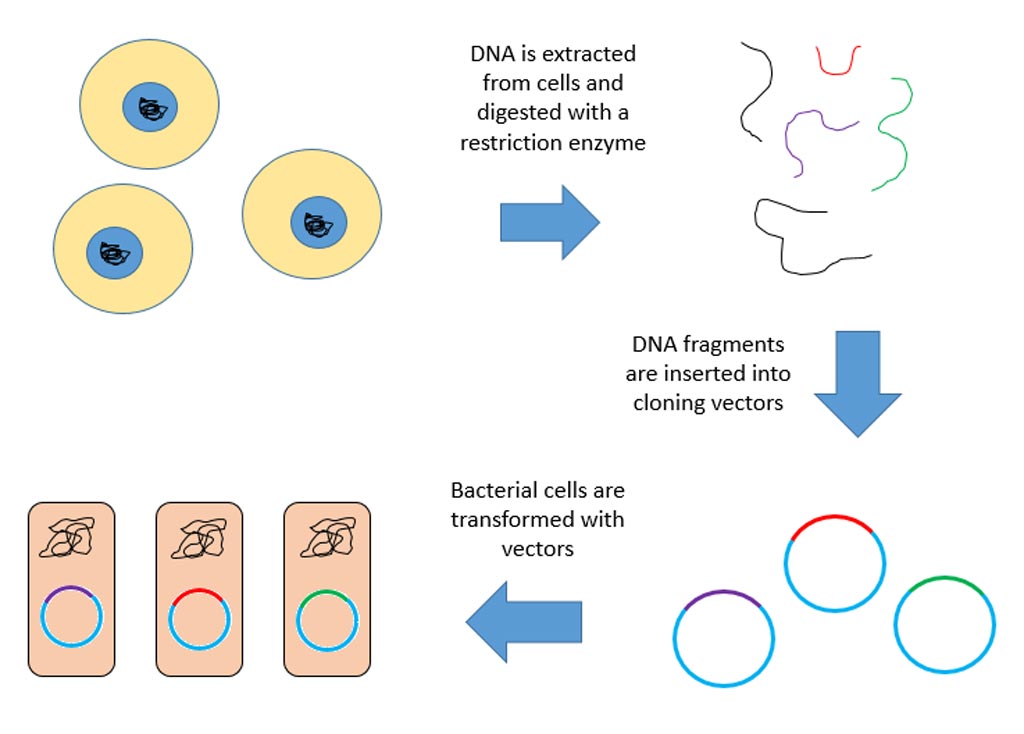New Source of Very Cold Electrons Designed to Improve Quality, Speed of Nanoimaging for Drug and Materials Development
By LabMedica International staff writers
Posted on 18 Aug 2011
Australian scientists reported that a new cold electron source offers potential advances in electron imaging at the atomic or nanoscale that should have real applications in a range of industries including health.Posted on 18 Aug 2011
The study’s findings were published online July 31, 2011, in the journal Nature Physics. Associate Prof. Robert Scholten from School of Physics at the University of Melbourne (Australia) and the University’s ARC Center of Excellence for Coherent X-ray Science (CXS), said, “Enhanced nanoimaging using this cold source will enable us to design better drugs for more targeted treatments. Having a better visibility of the structure of a cell membrane protein, and how it functions will assist in more targeted drug design. It will also help us understand how vulnerabilities such as cracks form, when designing new materials for advanced technology such as in turbine blades for jet engines. Nano imaging using electron microscopy give us intricate images of the micro and nanoscale world, but conventional hot electron sources are incoherent-like the indirect light of light bulbs versus direct laser beams. Depending on the target, it can take several minutes to several hours to undergo this process and the image is not very clear. Our experiments have revealed that with cold electrons and our new technology, we will be able to take a snapshot of the whole sample with atomic resolution and to reduce the imaging time to a trillionth of a second,” he said.
The team, led by Assoc. Prof. Scholten, used lasers to cool atoms to a few millionths of a degree above absolute zero and then to extract a beam of extremely cold electrons. Using new technology, they were able to create beams in complex shapes, and because the electrons are so very cold (about 10 K) the beam retains that shape, rather than exploding as it would for a conventional hot electron source. “This new cold source will allow us to see dynamic processes within the sample, to understand how it functions on a more precise level,” he said. “Cold electron technology opens up a whole new world of imaging--this study is the first to show its real potential.”
The researchers envision that the technology will be further developed in the next few years.
Related Links:
University of Melbourne ARC Center of Excellence for Coherent X-ray Science













